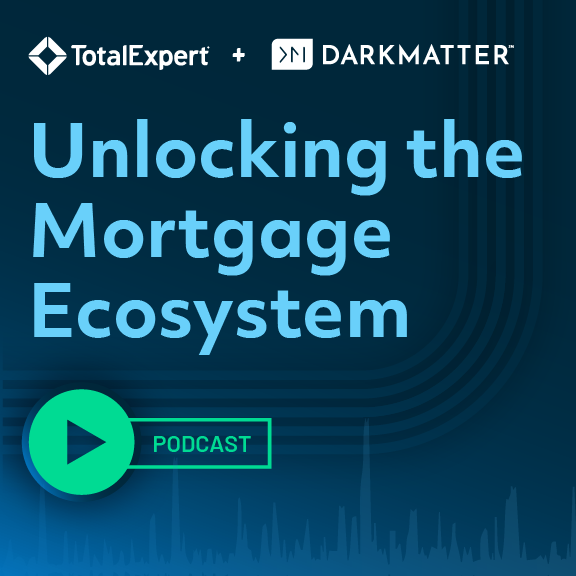We recently sat down with Jason Henrichs, CEO at Alloy Labs Alliance, to talk about how banks and credit unions should be approaching deposit growth and retention. This blog includes key takeaways and excerpts from that conversation, but you can watch the on-demand webinar here >
The one word that seems to pop up in almost every conversation about deposit growth is “volatility.”
Volatility is a product of obvious disruptors, such as 18 months of Federal Reserve rate increases. In fact, the Fed deployed 11 hikes in 2022-23, while actually removing currency from the system. There’s also the onslaught of non-traditional competitors, ranging from the multitude of online-only banks to the Amazons and Starbucks of the world, luring consumers to leave money deposited in their apps.
Of course, there’s also the volatility that comes with generational change. Gen Z and Millennials—and even Gen X—view money and wealth differently than Boomers. They also value different things in life, and they don’t hesitate to use digital technology to move their money in a matter of minutes. The bad news for most banks and credit unions is that all of this disruption is steadily eroding deposits, as well as long-term loyalty and near-term revenue.
However, for banks and credit unions willing to adapt, all of this volatility can work in their favor, especially when it comes to deposits and loyalty.
You already have much of what you need
“The new competition for deposits is not just about rates, it’s about value. And we’re going to see this battle being fought more and more fiercely across many different fronts, not just the bank or credit union across the street from you.”
Jason Henrichs, founder & CEO at Alloy Labs
There are two advantages banks and credit unions hold over direct and indirect competitors. The smaller of those advantages is a combination of familiarity and trust. If a customer or member does business with you, they almost certainly know you and trust you. So, you’re working from a position of strength, if—and only if—you find a way to capitalize on the second advantage you hold: data.
Oceans of data exist in every financial institution. You know more about your customers and members than competitors do because you know how they spend their money and what they’re saving for. While it’s likely scattered across multiple silos throughout your organization, incredibly valuable data is sitting at your fingertips waiting to be turned into effective action.
But too many banks and credit unions are failing to properly leverage their data advantage. Email and traditional mail campaigns—for everything from HELOCs and wealth management to car loans and CDs—are assembled and delivered in shotgun blasts that lack personalization. Often, the only data being used is a name, address, and a specific banking product or account type.
“I never understand why Expedia always is giving me a special offer on a place I just came back from. And they should know that because I booked it on Expedia. […] We do the same thing within financial institutions. […] We need to tailor our interactions, not just based on the products, but on the language, what’s going on in their life to really build a meaningful relationship.”
Jason Henrichs, founder & CEO at Alloy Labs
This is where adaptability comes into play. The banks willing to dig deeper into their data and leverage detailed knowledge of specific financial situations and life events for each customer hold an incredible advantage.
High-level view of a newer, smarter playbook
Here’s how it works. With the right technology platform, you can consolidate data from the many silos within your organization and supplement it with other highly personalized data from outside sources. This allows you to create detailed profiles for each customer. The right platform will also add a predictive element to each customer or member’s profile and allow you to deploy “journeys” that show not just where a customer or member is today, but where their life events are taking them.
“The very first thing that attracted me to [Total Expert] was this idea that marketing and sales are not two different silos. You actually need to be pulling the data around the steps customers have taken from multiple different sources. You need to know where they’ve been on your website. Have they gone back to it ten different times? Are they looking at different products? What’s actually happening within the account while this is going on?”
Jason Henrichs, founder & CEO at Alloy Labs
Instead of blasting out HELOC and car loan offers, you can create specific high-value packages that resonate with each account holder. For example, with the right platform, your data will tell you with high accuracy when someone is looking to refinance their home, send a kid to college, buy a new car, or create a post-retirement estate plan. You can then use this information to fuel genuine, meaningful conversations that make your customers and members feel like you have their best interests in mind—not like they’re just another data point or transaction in the financial machine.
You need a purpose-built platform
Total Expert is the purpose-built customer engagement platform trusted by more than 200 financial enterprises. Total Expert unifies data, marketing, sales, and compliance solutions to deliver the perfect customer journey across every financial milestone—in any market.
“Once you have it, the hard work is to test and learn, test and learn it. Continue to iterate. It has a very low cost to do that. It gives you lots of variables and it’s very easy to do. It does not require a lot of technical resources. It just requires a change to behavior to go do those things.”
Jason Henrichs, founder & CEO at Alloy Labs
If you’re ready to level up how you engage and nurture prospects, customers, and members, check out our Banking Guide to Life Event Engagement.


